The United Arab Emirates (UAE) is a country renowned for its rich cultural heritage and ultramodern architecture. From historical sites to futuristic skyscrapers, the UAE offers a unique juxtaposition of old and new. Each emirate boasts landmarks that highlight its identity, heritage, and progress. Let’s explore the most iconic landmarks of the UAE that captivate visitors and residents alike.
1. Burj Khalifa, Dubai: The Tallest Building in the World
The Burj Khalifa is perhaps the most iconic structure in the UAE, dominating the skyline of Dubai. Standing at an awe-inspiring 828 meters, it is the tallest building in the world. Burj Khalifa is not just a marvel of engineering but also a symbol of Dubai’s ambition and vision for the future. Visitors can take an elevator to the observation deck on the 148th floor for stunning panoramic views of the city and the Arabian Gulf.
The surrounding Downtown Dubai area is home to luxury hotels, restaurants, and the Dubai Fountain, making it a hotspot for tourists. Every evening, the fountain comes to life with a choreographed light and sound show, making the Burj Khalifa area one of the most visited landmarks in the UAE.
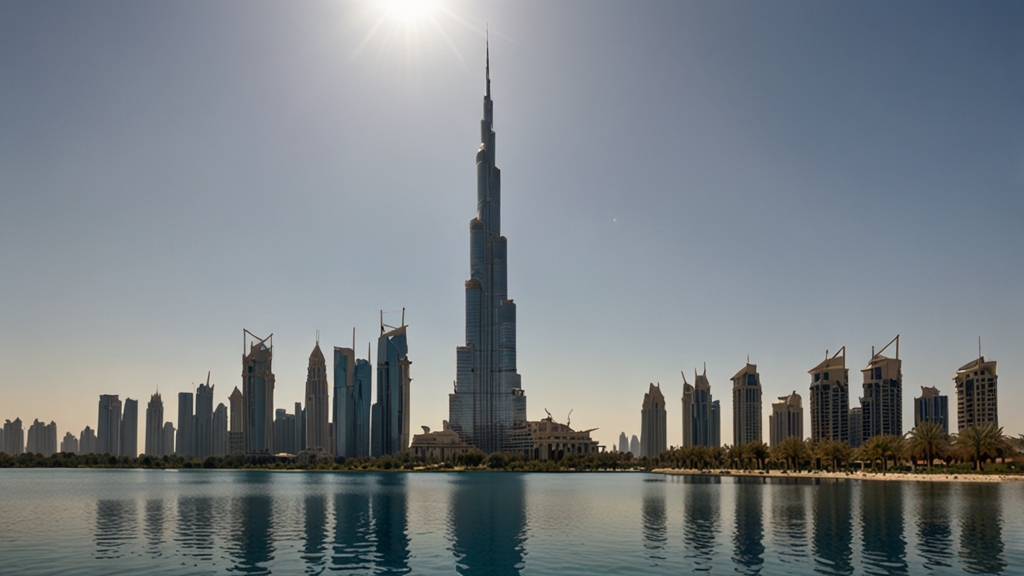
2. Sheikh Zayed Grand Mosque, Abu Dhabi: A Testament to Peace and Unity
In Abu Dhabi, the Sheikh Zayed Grand Mosque is a masterpiece of Islamic architecture and a symbol of cultural harmony. It is one of the largest mosques in the world, with a capacity to accommodate over 40,000 worshippers. Named after the UAE’s founding father, Sheikh Zayed bin Sultan Al Nahyan, the mosque features 82 domes, 1,096 external columns, and the world’s largest hand-knotted carpet.
What makes the Sheikh Zayed Grand Mosque unique is its blend of different architectural styles from various Islamic cultures. The gleaming white marble and intricate floral designs create a serene atmosphere, making it a must-visit landmark for anyone traveling to the UAE.
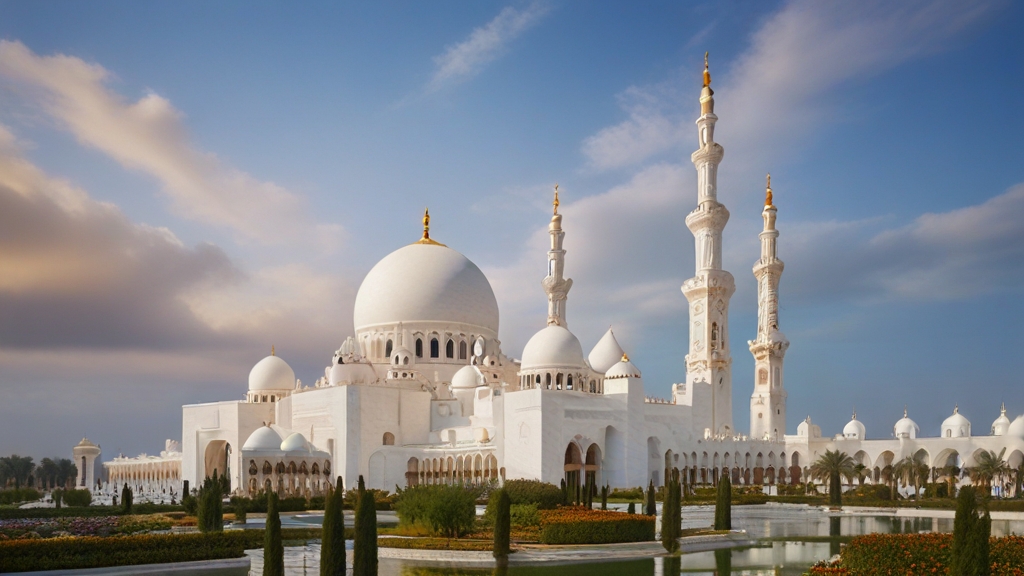
3. The Palm Jumeirah, Dubai: A Man-Made Marvel
Palm Jumeirah is another symbol of Dubai’s innovation and ambition. Shaped like a palm tree, this artificial archipelago is one of the largest man-made islands in the world. Home to luxury resorts like Atlantis The Palm, The Palm Jumeirah offers stunning beachside views, high-end restaurants, and a variety of water activities.
Visitors can enjoy the island’s opulence by exploring its beaches, dining at celebrity-chef restaurants, or taking a helicopter tour to fully appreciate the palm-shaped island from above. Palm Jumeirah is not only an iconic tourist destination but also a testament to Dubai’s engineering prowess and vision for the future.
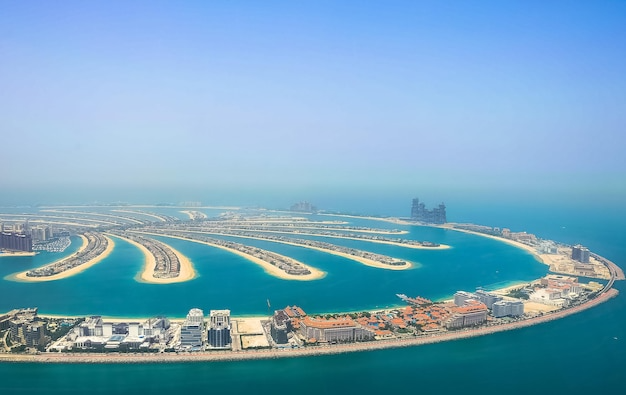
4. Al Fahidi Historic District, Dubai: A Glimpse into the Past
While Dubai is famous for its modern skyline, it also preserves its rich history through landmarks like the Al Fahidi Historic District. This area, also known as Bastakiya, offers a glimpse into Dubai’s past before the oil boom. The district is characterized by narrow winding streets, traditional wind-tower architecture, and historical buildings that have been restored to their former glory.
Visitors can explore the Dubai Museum housed in the Al Fahidi Fort, the city’s oldest existing building. Al Fahidi District is a cultural treasure, with art galleries, museums, and quaint cafes that offer an authentic taste of old Dubai, making it one of the UAE’s most important cultural landmarks.
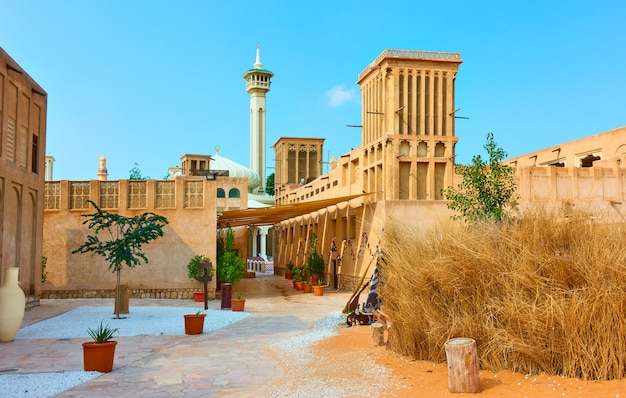
5. Louvre Abu Dhabi: A Hub of Art and Culture
Located on Saadiyat Island in Abu Dhabi, the Louvre Abu Dhabi is a stunning symbol of the UAE’s commitment to arts and culture. Designed by French architect Jean Nouvel, the museum’s dome structure creates a beautiful interplay of light and shadow, known as the “rain of light.”
Inside, visitors will find a vast collection of artwork from around the world, spanning different civilizations and time periods. The Louvre Abu Dhabi promotes the idea of shared human stories, bridging cultural gaps through art. It’s a must-visit for art lovers and a growing landmark of the UAE’s cultural landscape.
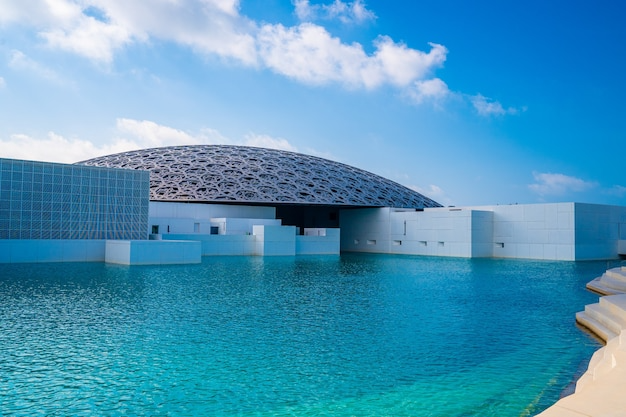
6. Hajar Mountains: Nature’s Majestic Wonder
Not all of the UAE’s landmarks are man-made. The Hajar Mountains stretch across Ras Al Khaimah and Fujairah, offering breathtaking natural beauty and adventure opportunities. Visitors can hike, camp, or take scenic drives through the rugged terrain. The mountains are also home to historical sites like the Dhayah Fort, which dates back to the 19th century.
For those looking to escape the bustling cities, the Hajar Mountains provide a peaceful retreat into nature. Their towering peaks and deep valleys create an impressive contrast to the UAE’s urban landmarks, making them a must-see for nature enthusiasts.
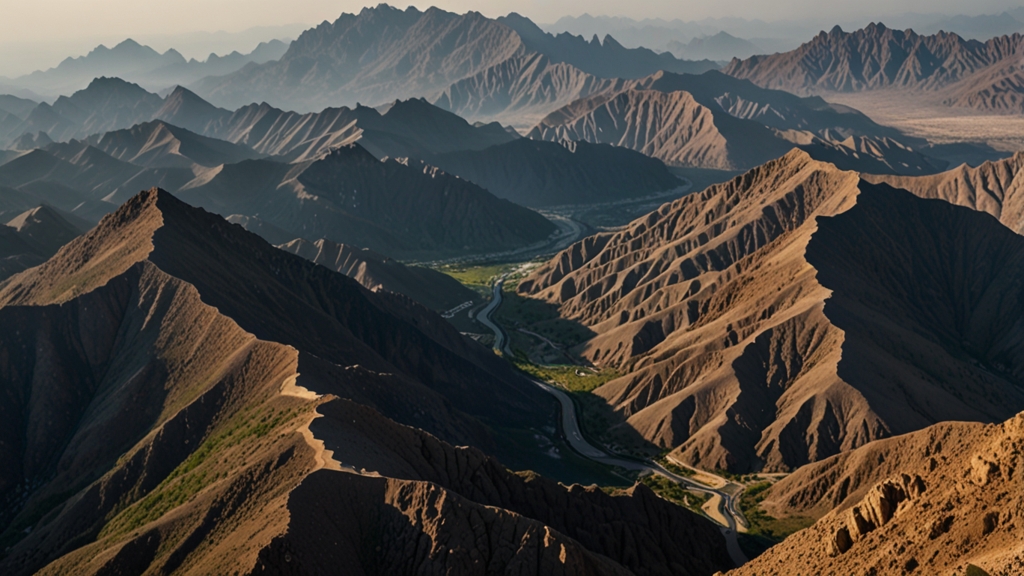
7. Qasr Al Hosn, Abu Dhabi: A Historic Stronghold
Qasr Al Hosn is the oldest stone building in Abu Dhabi and a symbol of the city’s heritage. Built in the 18th century as a watchtower, it has since been transformed into a fort and later, the residence of the ruling Al Nahyan family. Today, Qasr Al Hosn stands as a cultural monument and museum, showcasing the history and development of Abu Dhabi.
The fort offers a fascinating look at the transformation of the UAE from a collection of desert tribes to a modern metropolis. The House of Artisans, located nearby, offers visitors a chance to learn about traditional Emirati crafts such as pottery and weaving.
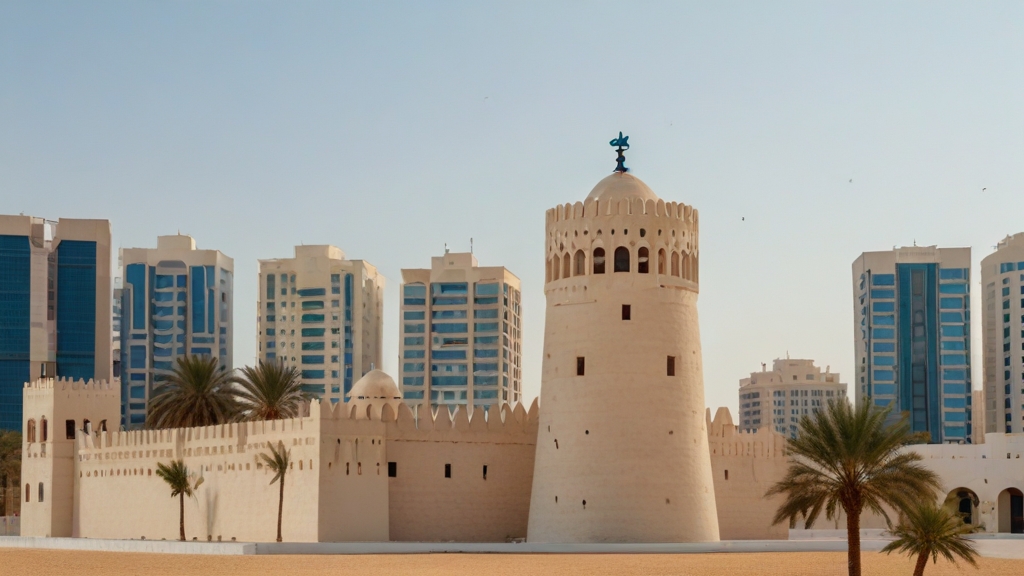
8. Jebel Jais, Ras Al Khaimah: The Highest Peak in the UAE
Jebel Jais, located in Ras Al Khaimah, is the highest mountain in the UAE, standing at 1,934 meters. It is a popular destination for thrill-seekers and nature lovers alike. Jebel Jais offers the longest zipline in the world, spanning 2.83 kilometers. Visitors can experience an adrenaline-pumping ride while enjoying panoramic views of the rugged mountains.
Aside from adventure activities, Jebel Jais also offers scenic drives, hiking trails, and breathtaking sunset views, making it a must-visit landmark for anyone exploring the UAE’s natural wonders.
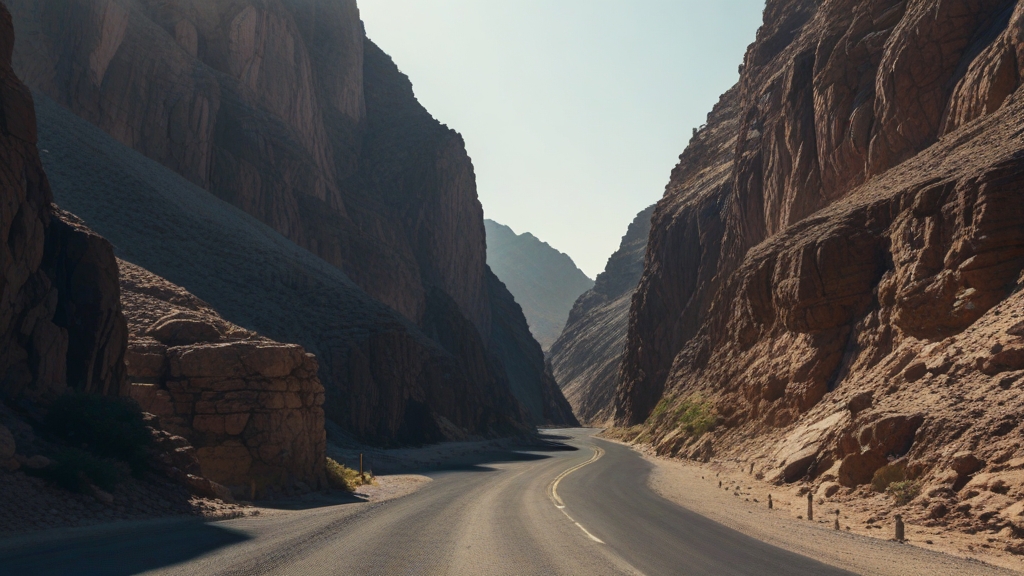
Conclusion: The UAE’s Landmarks, A Blend of Past and Future
From towering skyscrapers and artificial islands to ancient forts and natural wonders, the UAE’s iconic landmarks reflect the nation’s incredible journey from a desert landscape to a global hub of innovation and culture. Each landmark offers a unique glimpse into the UAE’s past, present, and future, making it a top destination for travelers seeking both history and modernity.
Whether you’re admiring the heights of the Burj Khalifa, exploring the cultural depths of Qasr Al Hosn, or taking in the natural beauty of the Hajar Mountains, the UAE is a land of contrasts and wonder, inviting all to experience its iconic landmarks.

